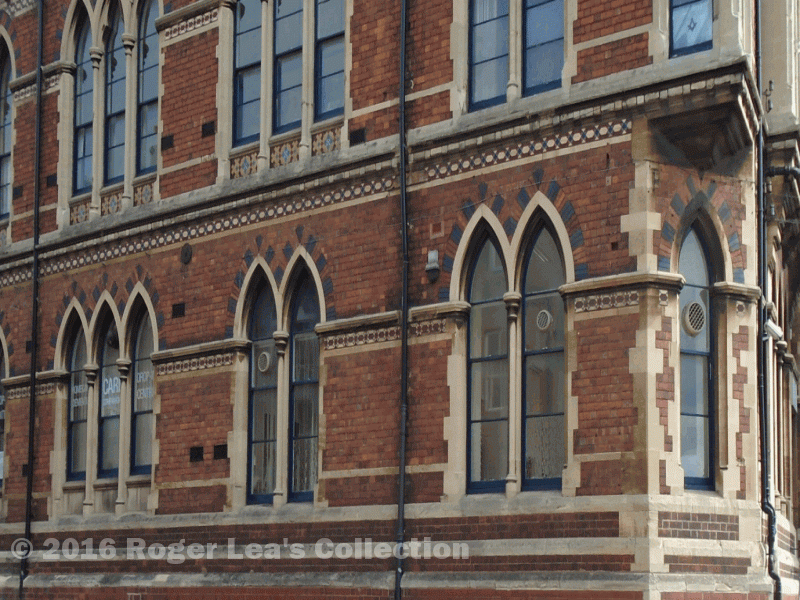The July 11th 1876 issue of the Sutton Coldfield News contained a letter from “Grumbler”, saying “we want more than public-house knowledge and we have an idea that a portion of the town’s wealth should be expended in a free library, and thus be the means of elevating us from our present low standard”. The Public Libraries Acts of 1850-1866 empowered local authorities to provide libraries, but for a long time the Sutton Coldfield Council declined to take advantage of the Act; when it finally adopted the Act in 1936 it was one of the last authorities in England to do so - our first public library opened in a converted church on the Parade on March 6th 1937.
“Grumbler” could have made use of the permanent library established in the 1840s. Peers’ 1870 guide to Sutton tells us “One of the rooms in the Town Hall is fitted up as a reading room and library where all who wish may, for ten shillings a year, enjoy all its privileges” or a penny a visit for strangers “at the time we were there, the tables were covered with newspapers of various sorts.” When the Town Hall and Council House moved from Mill Street to King Edward Square in 1902 no provision was made for this library. Where had it gone? It lay forgotten in the Town Clerk’s cellar - in a 1937 newspaper “During recent alterations in the Council House a collection of books was found in the basement…part of the town library founded 100 years ago by the Rector Dr. Williamson.”
The town hall reading room on Mill Street was visited by young Francis Chavasse on October 3rd 1864. Francis James Chavasse (1846-1922) lived at Wylde Green House (demolished in 1952), on Birmingham Road near the junction with Wylde Green Road. Frank started to write his diary on his sixteenth birthday, 27th September 1862 and continued it for the next six years; the volumes are now in the Bodleian Library at Oxford. The October 3rd entry reads “went to the Reading Room with Victor Holbeche and stayed all evening”, Thomas Victor Holbeche was also eighteen years old.
Frank must have been admitted to the reading room as Holbeche’s guest - two months later he records “December 31st. Mama has very kindly subscribed to the Sutton Reading Room for me, so I shall be able to go there now”. The ten shilling subscription was no obstacle to the wealthy Chavasses, but must have been prohibitive to the class of people “Grumbler” was speaking for. Frank went to the reading room quite often in the ensuing months, mostly to read The Times newspaper, staying all afternoon on one occasion; the room must have been open long hours, as Frank did not get home until 8.15 p.m. on May 11th.
The Chavasse diaries are full of trivial personal information, but nevertheless give a vivid insight into the life of Sutton Coldfield in the 1860s. Find out more from Janet Jordan, who came across the diaries and has studied them in detail, and will be giving a free talk, Francis James Chavasse, A Typical 1860s Teenager?, at 10.15 a,m. On Friday 18th September in the New Hall Room at Sutton Library.
Frank’s visits to the Reading Room were infrequent after the summer of 1865, as he spent the next two years at Oxford University. He hoped to get a first class degree, but it was in the Sutton Reading Room that he received a nasty shock - “July 1st 1867. The Class List is out and I have a third. I went down to the reading room with Hodgson and Bee, opened The Times and the first thing I saw was my own name. The blow was stunning.”
